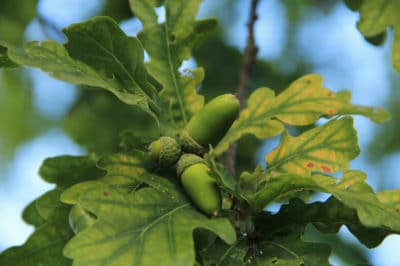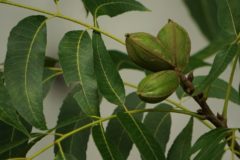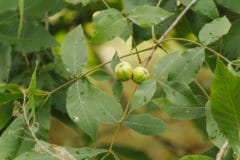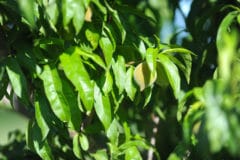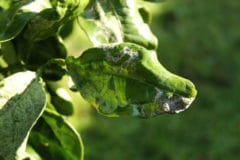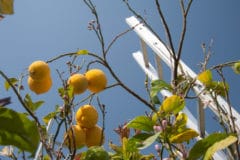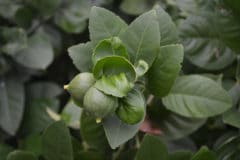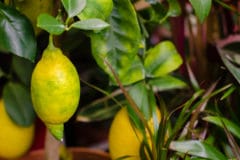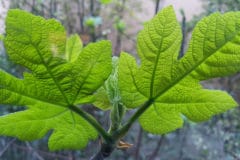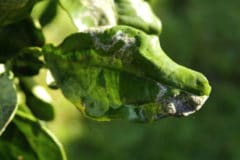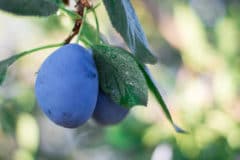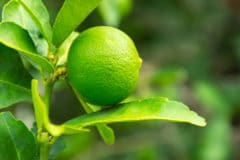Oak Leaves as Air Coolers
From its taproot’s tip to its canopy’s crown, an oak tree is designed to cool the air. During transpiration, its roots channel cooling water from the soil to the leaves, where it escapes through tiny pores called stomata. As temperatures increase, more water escapes. One large oak can transpire 40,000 gallons (151,000 liters) of water in one year.
Oak Leaves and Oxygen
Inside every oak leaf are tiny, sunlight-absorbing pigments called chloroplasts. Without them, the trees couldn’t photosynthesize their food. Photosynthesis occurs when:
- The leaves uptake water from the roots and absorb carbon dioxide from the air.
- Sunlight supplies the chloroplasts with the energy to combine the carbon dioxide and water into starches that feed the tree.
During photosynthesis, the leaves release oxygen molelcules as waste.
Expert gardener’s tip: At night, oak leaves “inhale” oxygen and give off carbon dioxide, just like humans — but in an amount only 1/10th that of their daytime oxygen production.
Oak Leaves as Food
When acorns are scarce, deer and rabbits browse on oak leaves. The biggest demand for them, however, comes from the caterpillars of more than 500 moth and butterfly species. The most common include:
- Arizona, Edwards and oak hairstreaks
- Horace’s, Juvenal and sleepy duskywings
- White admiral and California sister brushfoots
- Orange-tipped, pink-striped and yellow-striped oakworm moths
The caterpillars attract predatory spiders and insects, which become targets for hungry frogs, reptiles, birds and mammals. Together, they make oak leaves the foundation of an impressively large food chain.
Expert gardener’s tip: Even dead oak leaves feed other plants by releasing minerals into the soil.
Oak Leaves as Shelter
Ever noticed a raggedy mound of leaves perched precariously on an oak branch 20 feet in the air? It’s a tree squirrel’s nest, complete with a baby-cradling, grass-lined interior and a leaf-concealed escape hatch. Mating squirrels build the sturdiest ones in spring. Their inexperienced offspring create the flimsy practice ones that appear in summer.
Expert gardener’s tip: Even oak leaf litter provides shelter and nesting material for small rodents and the snakes that hunt them.
